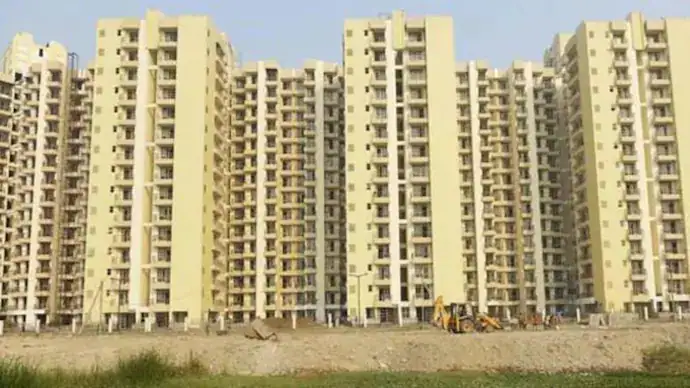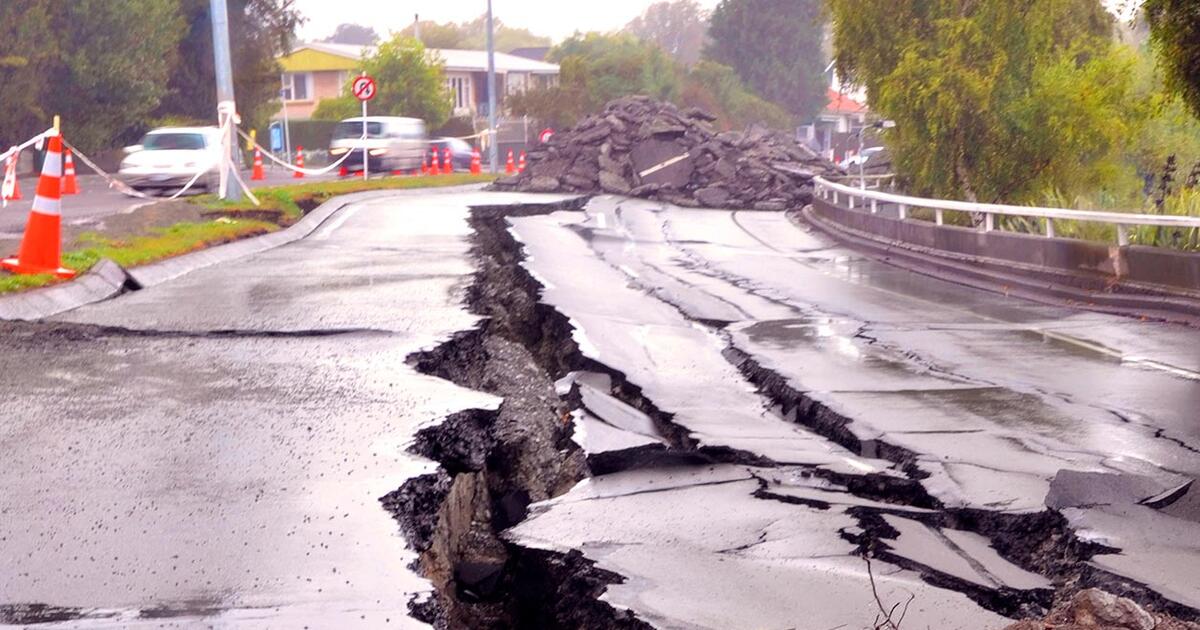During An Earthquake, What Should You Do If You Are In A (Tall) Building? Should You Run Out Or Stay Indoors?
A Massive earthquake of 6.8 magnitude hit the Hind Kush area in Afghanistan; the tremors of this powerful jolt were felt in Delhi, and the surrounding areas of the national capital as well as the northern region of the country. Earthquakes are perhaps the most violent and riskiest natural phenomena on the planet, and with massive construction in and around cities and tall high-rise buildings, what should one do if such an event were to occur?

The devastation caused in Turkey and Syria due to a powerful earthquake that hit these nations last month is still fresh in our minds. Yesterday another powerful earthquake with the epicentre in Afghanistan, the shocks of which were felt in Pakistan and the northern states in India, left many panicking.
Earthquakes are caused by a sudden movement of tectonic plates beneath the Earth’s surface, which can cause tremendous destruction when they occur near populated areas. In addition to physical damage, earthquakes can also trigger landslides, avalanches and tsunamis that can further compound their destructive power.

Hence, earthquakes are perhaps one of the riskiest and most violent natural phenomena on the planet, which lead to a rapid shaking of the planet’s surface and have the potential to cause massive destruction. While earthquakes are caused by the movement of tectonic plates within the surface of the Earth, their impact precisely depends upon the intensity of the tremors as well as their epicentre.
In light of the earthquake that hit Afghanistan, Pakistan and parts of North India, it is pertinent to know that though earthquakes cannot be avoided, remaining prepared beforehand and further carrying out safe practices can help reduce the extent of damage and loss.

Earthquake And People In High-Rise Buildings
For those living in high-rise buildings, it is obvious they will feel panic in the face of adversity while living on the top floors, as most people worry about not being able to get to the ground or in an open space quickly.
To be precise, it is basically the height of elevation from the ground that comes up as a significant concern for residents in high-rise buildings.
Buildings have a natural frequency, or rate, at which they will sway back and forth — known as a resonant frequency. When seismic waves with the same frequency pass a building, they are amplified, causing more vigorous shaking. In this way, tall buildings are particularly vulnerable to large and long-distance earthquakes, said Farid Ghahari, study coauthor and a research scientist at UCLA.
However, in an earthquake, if you are on an upper story of a building, do not try to leave the building during the earthquake.
If you are inside a high-rise building, stay where you are unless instructed otherwise by emergency personnel – never try to evacuate via stairs while an earthquake is occurring as these may be blocked off due to debris or structural damage caused by the quake itself; instead, wait for instructions from emergency personnel who will advise whether it is safe enough for occupants of high-rises buildings (or other tall structures)to evacuate using stairwells once it has been determined that all floors have been cleared of debris/damage resulting from the quake itself.

What To Do During An Earthquake Depending On Where You Are?
• If you find yourself indoors, stay there until the shaking stops – drop down onto your hands and knees if possible so that you don’t fall over during strong shaking or aftershocks; cover your head with your arms or a pillow for protection against falling objects; hold on to furniture legs for stability if available; move away from windows or other glass objects that could shatter during strong shaking; do not use elevators as they may become stuck due to power outages or structural damage caused by the quake.
• If outdoors, move into open space away from buildings, trees, streetlights etc.; crouch down low until the shaking stops, then move quickly away from any potential hazards, such as downed power lines or damaged structures, before returning indoors if safe to do so.
What Actions To Take During Earthquakes?
– If you are inside your home, don’t stand near windows or doors or any kind of hanging item that can collapse due to the quake’s impact.
– Never run around during an earthquake, as this can lead to an escalation of the situation.
– Do not leave gas cylinders, stove ovens, or any electric-running gadgets switched on.
– No matter what the situation is, don’t use elevators during an earthquake.
-Since one doesn’t know how large the earthquake will be when one first feels the shaking, hence if one thinks to leave, one will risk falling and, more notably, may get hit by falling debris.
–Walking/running during an earthquake is dangerous since the floor/ground is moving, and walking or keeping one’s balance may be hampered. Studies in Japan indicate that traversing as little as ~10 ft (3 m) during an earthquake significantly raises your odds of injury.
–Taking cover is the only way to protect oneself from falling debris, the main source of injury in an earthquake.
– Earthquakes last mere seconds or minutes at the most; therefore, how fast can one practically leave the building when the floor/stairs are moving unpredictably and debris falling? Chances are one can’t make it all the way out of the building during a single earthquake.
– Debris may fall outside, too; hence it is not enough to simply leave the building. One must get away from the building and every other nearby. Falling facade materials, such as brick and glass, can and do kill people outside of buildings during earthquakes.
– In the case that a building collapses, a strong piece of furniture or a bathtub can provide the void space that lets you survive until rescuers find you. Therefore, if one is trying to walk somewhere, chances are that one is not sheltered by any of these items.
After the earthquake:
- Put on your shoes.
- Grab your purse.
- Leave the building until it has been inspected for damage.
Being outside and far from any building during an earthquake and its aftershocks are best, but traversing a building (and its immediate surroundings) during an earthquake is a terrible idea.
Conclusion: It’s important we all know what actions we should take when faced with natural disasters like earthquakes – being prepared ahead of time can help save lives!




